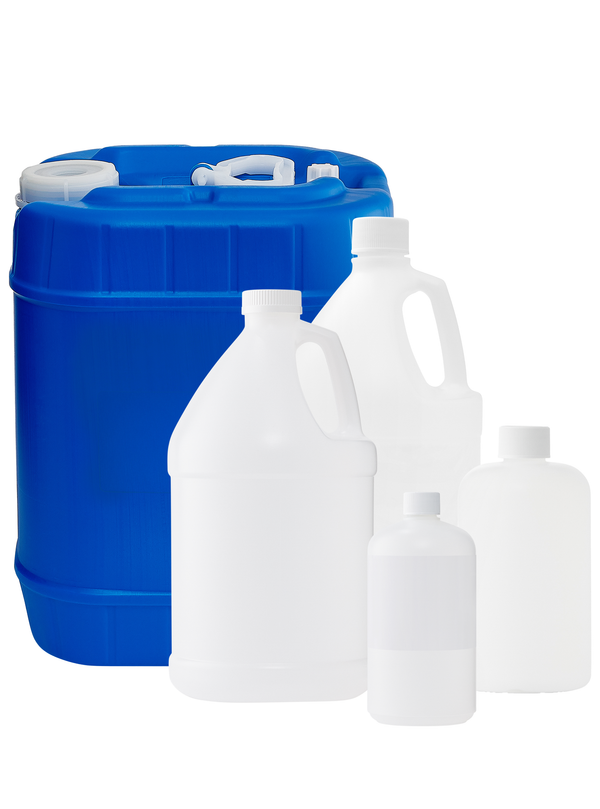
Business Support
Ascorbic Acid 99% Analytical Reagent Grade
High Purity Vitamin C Powder
For questions regarding lead time, please contact a member of our Customer Care Team at customercare@laballey.com
Business Support
Description
About Ascorbic Acid 99% Analytical Reagent Grade
Ascorbic acid, more commonly known as Vitamin C, is a water-soluble compound, and a potent antioxidant. Vitamin C refers specifically to the L-enantiomer of ascorbic acid, which is essential to human health.
Ascorbic acid is an antioxidant. It helps prevent and treat scurvy. It can help the body fight bacterial infections. It acts as a preservative to keep food fresh. Cosmetics and other personal care products use less acidic forms of ascorbic acid to slow deterioration of the finished product and to control the pH level. It has many industrial applications, including a developing agent and preservative in photo production, water purification, fluorescence microscopy, and in plastic manufacturing.
COMMON USES AND APPLICATIONS
- Food additive
- Flavor stabilizer
- Color stabilizer
- Antioxidant
- Nutritional supplement
- Skincare product
INDUSTRIES
- Plastic manufacturing
- Cosmetic industry
- Food industry
- Supplement industry
PRODUCT INFORMATION
Customer Reviews and Q&A
Safety and Shipping
Please contact us to request a Safety Data Sheet (SDS) and Certificate of Analysis (COA) for Ascorbic Acid, Vitamin C, Analytical Reagent.
Business Support
Built for Business.
At Lab Alley, we simplify procurement with custom quotes, credit applications, tax exemptions, and fulfillment support, ensuring on-budget, on-time delivery - your success is our priority.
Apply for Credit
A Lab Alley credit account streamlines purchasing for your business. Our Customer Success Team is available to help you through every step of the process.
Request a Custom Quote
Get a fast, customized quote tailored to your specific needs. Our team ensures accurate pricing and availability to help streamline your purchasing process.

Additional Business Resources
Lab Alley provides access to essential certifications, documents, and other resources to support your business.
Certificates of Analysis

Create a Lab Alley Account

RECEIVE exclusive offers, promotions, and discounts on chemicals.

Always have the product you need, when you need it with our AUTOSHIP program.


